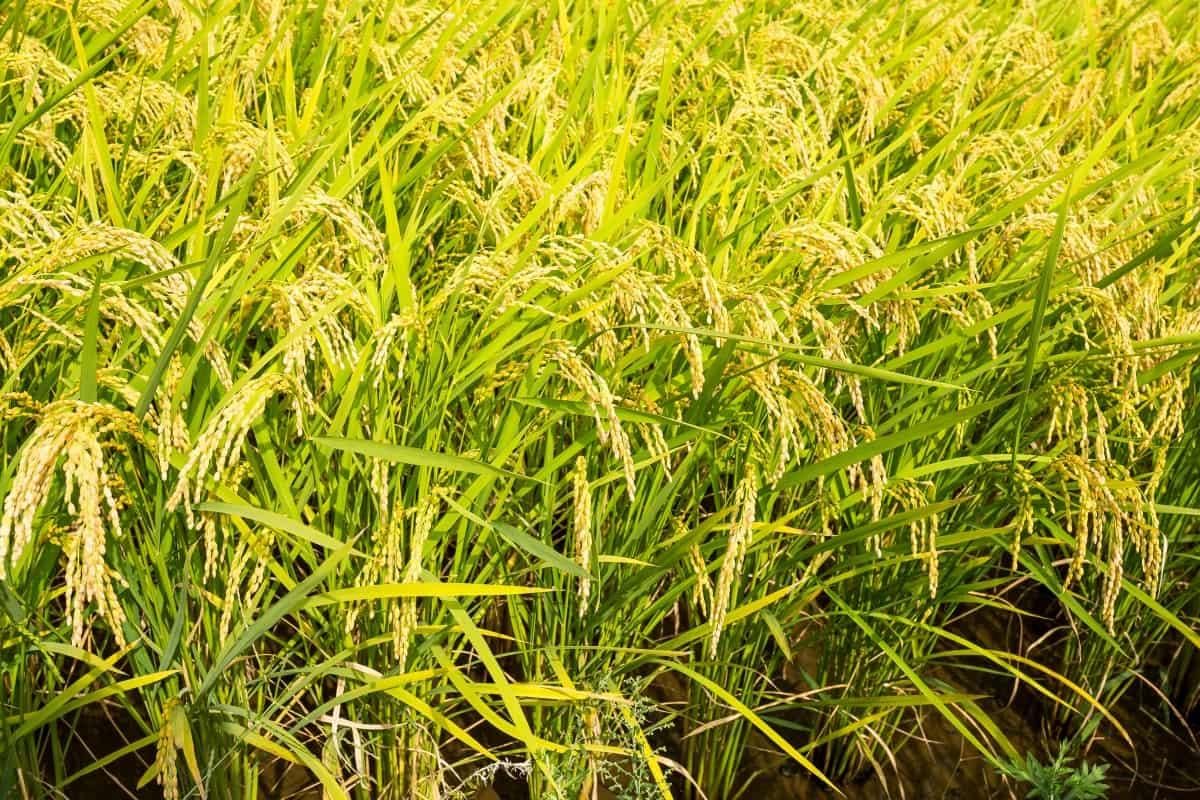Class 6 Civics Chapter 7 Question Answers - Rural Livelihoods
Q1: What are the other works that Thulasi do besides working on the land?
Ans: Cook food, clean the house and wash clothes.
Q2: What happens when crops are ruined?
Ans: Collecting firewood, getting water and grazing their cattle.
Q3: How do poor families in rural areas spend their time every day?
Ans: Thulasi work on the land that belongs to others.
Q4: Where does Thulasi work?
Ans: Thulasi works on Ramalingam's land. He has twenty acres of paddy fields in Kalpattu.
Q5: During monsoon failure, what do the farmers do for their survival?
Ans: Borrow money.
Q6: What was zamindari system?
Ans: It was the system in which the land was mostly owned by big landlords called zamindars.
Q7: Which is the main crop that is grown in irrigated lands?
Ans: Paddy
Q8: Why do people in rural areas travel long distances?
Ans: In search of work
Q9: What are the other source of income for farmers other than farming?
Ans: Collection from the forest, animal husbandry, dairy produce, fishing etc.
Q10: List some non-farm work of the villagers in Kalpattu village?
Ans: Making of baskets, utensil, pots etc. There are people who provide services such as nurses, washer men, weavers, barbers, tailors etc.
Q11: Out of every 5 rural families how many belong to the agricultural labourer's families in India?
Ans: Two
Q12: Terrace Farming is best for _______.
Ans: Paddy
Q13: What are the shops that Ramalingam owns?
Ans: In addition to land, Ramalingam owns a rice mill and seeds and pesticides shop.
Q14: Chizami village is in Phek district in _________.
Ans: Nagaland.
Q15: What the people of Chizami village do?
Ans: Terrace cultivation
Q16: What is the major occupation of the 'Kalpattu' people?
Ans: Agriculture
Q17: Where is the Chizami village located?
Ans: Nagaland
Q18: An age-old economic activity in India is _______.
Ans: Agriculture
Q19: What is agriculture?
Ans: The term agriculture is derived from Latin word ager or agri meaning soil and culture meaning cultivation or tilling of soil.
Q20: Where is Pudupet village situated?
Ans: Pudupet village is situated in Tamil Nadu on the coastal line.
Q21: Farmers, agricultural labourers and fishing families are not able to work throughout the year, but factory workers can work throughout the year. True/false
Ans: True
Q22: The villagers of ''Pudupet'' earn their livelihood from ______.
Ans: Fishing
Q23: According to the chapter, Ramalingam, large farmer, in Kalpattu village borrowed money from government bank to start a ________.
Ans: Rice mill
Q24: According to the chapter what is the daily wage that Ramalingam pays to Thulasi for her labour in his lands?
Ans: Rs- 40
Q25: What is the meaning of five Year Plan of India?
Ans: The economy of India is based on planning through its five year plans developed and executed by the Planning Commission of India.
Q26: People in many rural areas travel long distances, mainly, to _________.
Ans: search for work
Q27: What is the percentage of small farmers in India?
Ans: 80 percent
Q28: What is the percentage of large farmers in India?
Ans: 20 percent
Q29: Name the Indian state where the Terrace farming is popular.
Ans: Nagaland
Q30: What is the important sources of livelihood for the families of some villages in central India?
Ans: Farming and collecting forest produces.
FAQs on Class 6 Civics Chapter 7 Question Answers - Rural Livelihoods
| 1. What are rural livelihoods? |  |
| 2. Why are rural livelihoods important? |  |
| 3. What challenges do people in rural areas face regarding their livelihoods? |  |
| 4. How can rural communities improve their livelihoods? |  |
| 5. What role does government play in supporting rural livelihoods? |  |

















